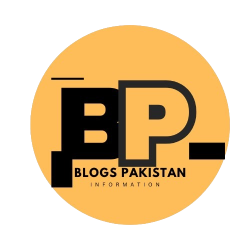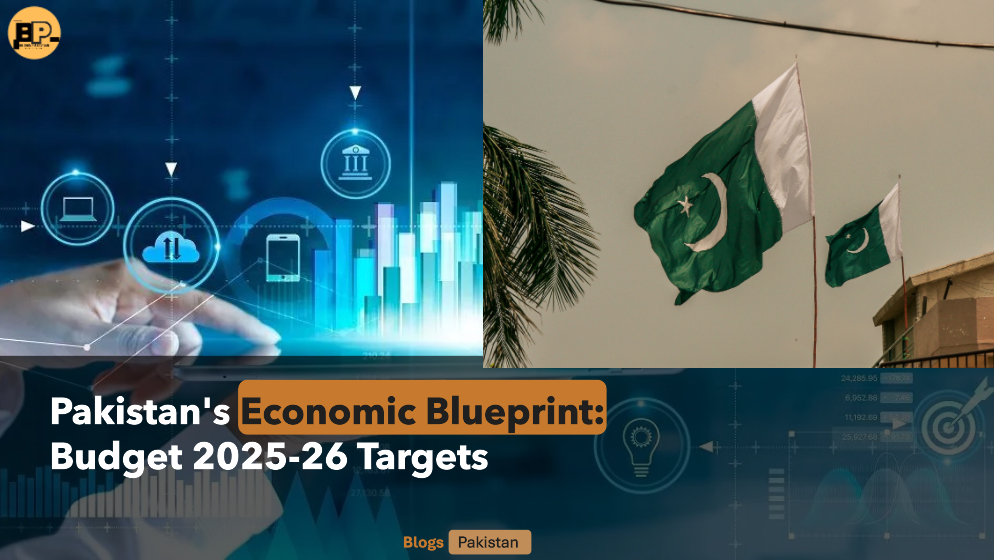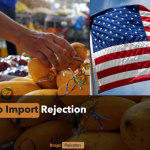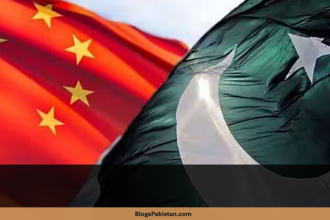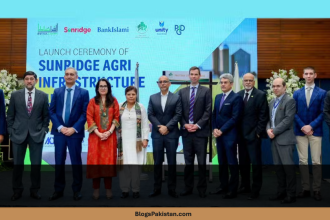The air in Islamabad is thick with anticipation as Pakistan charts its economic Budget for the fiscal year 2025-26. Whispers from sources have unveiled the proposed targets for the upcoming budget, offering a glimpse into the government’s aspirations and priorities. It’s more than just numbers on a page; it’s a statement of intent, a roadmap designed to navigate the nation’s economic landscape. Let’s delve into the specifics and try to understand the underlying currents shaping this financial blueprint.
Aiming High: A 4.4% GDP Growth Target on the Horizon
At the heart of the proposed budget lies an ambitious Gross Domestic Product (GDP) growth target of 4.4%. This figure represents the overall expansion the government hopes to achieve within the national economy during the fiscal year. It’s a crucial indicator, reflecting the anticipated increase in the total value of goods and services produced within Pakistan. Achieving this target would signify a significant step towards economic recovery and progress, potentially leading to job creation and improved living standards. However, the feasibility of this target will depend on a multitude of factors, including domestic policies, global economic trends, and the ability to attract investment.
Cultivating Growth: Ambitious Plans for Agriculture and Industry
The proposed budget also shines a spotlight on two key sectors: agriculture and industry, both earmarked for a growth target of 4.8%. Agriculture remains a cornerstone of Pakistan’s economy, employing a significant portion of the population and contributing substantially to the national output. A 4.8% growth target in this sector suggests a focus on enhancing productivity, potentially through improved farming techniques, better irrigation systems, and supportive government policies. Similarly, a 4.8% growth target for the industrial sector signals an intent to boost manufacturing, potentially through investments in infrastructure, technology upgrades, and policies aimed at fostering a more competitive industrial environment. The success in these sectors will be vital in driving overall economic growth and creating employment opportunities.
The Services Sector: A Steady Contributor with a 4.3% Target
The services sector, which encompasses a wide range of activities from telecommunications and finance to tourism and education, is projected to grow at a rate of 4.3% according to the proposed budget targets. This sector has become increasingly important in Pakistan’s economic landscape, contributing significantly to GDP and employment. A 4.3% growth target suggests a continued focus on nurturing this sector, potentially through policies that promote innovation, attract foreign investment, and enhance the skills of the workforce within the services industry.
The Path to Approval: APCC and the National Economic Council
These proposed economic targets are not yet set in stone. The sources indicate that they will first be presented before the Annual Plan Coordination Committee (APCC) meeting. This committee plays a crucial role in reviewing and formulating the nation’s development plans. Following the APCC’s deliberations and potential adjustments, the final approval for these targets will be sought from the National Economic Council (NEC), the highest economic decision-making body in Pakistan, chaired by the Prime Minister and comprising representatives from both the federal and provincial governments. This multi-stage approval process ensures that the proposed targets are thoroughly vetted and aligned with the broader national economic strategy.
A Comparative Look: Targets for the Current Fiscal Year
To gain a better perspective on the ambition of the proposed targets, it’s useful to compare them with the goals set for the current fiscal year. For the ongoing year, the federal government had aimed for a GDP growth rate of 3.6%. The agriculture production target was set at a more modest 2%, while the industrial sector had a target of 4.4%, and the services sector aimed for a 4.1% expansion. The proposed targets for 2025-26, particularly for GDP and agriculture, represent a significant step up in ambition, suggesting a renewed drive for accelerated economic growth in the coming fiscal year.
The IMF’s Prescription: Phasing Out Federal Funding and Empowering Provinces
Amidst the discussions surrounding the upcoming budget, the International Monetary Fund (IMF) has reportedly urged Pakistan to gradually phase out federal funding for provincial development projects under the Public Sector Development Programme (PSDP). This recommendation, made during virtual discussions with provincial governments focusing on their expenditure plans for the 2025-26 fiscal budget, signals a push towards greater fiscal autonomy for the provinces.
The IMF has proposed that provinces become more self-reliant by independently raising their own resources. A key suggestion in this regard is the enforcement of an income tax on agricultural earnings exceeding Rs600,000 annually, starting from July 1, 2025, without any exemptions. This proposal, if implemented, could significantly alter the fiscal landscape of the provinces, potentially providing them with a substantial new revenue stream and reducing their dependence on federal allocations. However, the implementation of such a tax on agricultural income is a politically sensitive issue and would likely require careful consideration and consensus-building.
Navigating the Economic Terrain: Challenges and Opportunities
Setting ambitious budget targets is one thing; achieving them is another. Pakistan’s economic journey in the upcoming fiscal year will be shaped by a complex interplay of challenges and opportunities. Factors such as managing inflation, stabilizing the currency, attracting foreign direct investment, addressing the energy crisis, and implementing structural reforms will be crucial in determining whether the proposed growth targets can be realized.
On the other hand, potential opportunities exist in leveraging Pakistan’s young population, its strategic geographic location, and its untapped potential in various sectors. Prudent economic management, coupled with supportive policies and a stable political environment, could pave the way for sustained and inclusive economic growth.
Awaiting the Final Verdict: The Budget Unveiling
The proposed budget targets for 2025-26 offer an initial glimpse into Pakistan’s economic aspirations for the coming fiscal year. The final contours of the budget, including specific allocations, policy measures, and revenue generation strategies, will be unveiled in due course. The nation will be watching closely to see how the government intends to translate these ambitious targets into tangible economic progress and address the pressing economic challenges facing the country. The budget is more than just a financial document; it’s a statement of the nation’s economic vision and a blueprint for its future.
